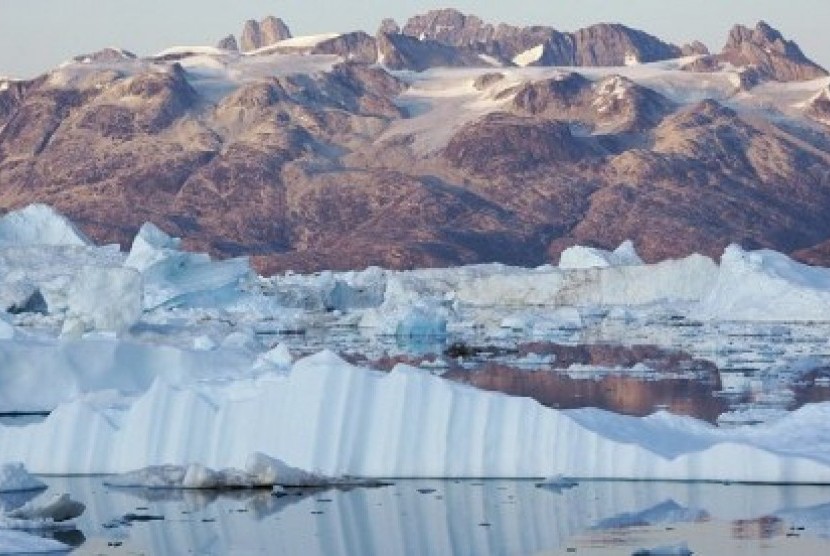Climate change threatens to melt the glaciers of the Tibetan plateau.
REPUBLIKA.CO.ID, JAKARTA — About a thousand different species of bacteria have been found on the glaciers of the Tibetan Plateau. Hundreds of them are new bacteria in the world of science.
This latest discovery raises new concerns about the possible release of the virus into the world’s two most populous countries. Because climate change threatens this priceless environment.
According to a study published in the journal Nature Biotechnology, between 2016 and 2020, researchers from the University of Chinese Academy of Science collected surface snow, ice and other samples from 21 Tibetan glaciers. They found 968 species of bacteria, about 82 percent of which had never been identified before.
It was initially believed that the glaciers were too hard to support the diverse species. However, more recent research has proven that this is not true.
The researchers described a number of viruses in glacial ice dating back 15,000 years that were unlike anything they had ever seen. The largest source of fresh water on Earth, glaciers and ice sheets cover about 10 percent of the planet’s surface. Understanding the bacteria that live here is far more important than just being scientifically interesting.
The authors of the new study are concerned about how warmer temperatures caused by climate change are melting Tibetan Plateau glaciers and faster.
They worry that many of the microorganisms that have been thriving on the Tibetan Plateau for thousands of years, and will soon be swept downstream by melting glacier water, will find new homes.
“Modern and ancient pathogenic microbes trapped in ice can cause local epidemics and even pandemics. These microorganisms may carry novel virulence factors that make plants, animals and humans susceptible,” the study said. ILFScience.
“In addition, virulence factors can be transferred horizontally in microbial communities via cellular genetic elements. Interactions between glaciers and modern microorganisms can be very dangerous, and the potential health risks need to be evaluated.”
The Tibetan Plateau lies in an important but vulnerable location in the world. This position made the situation even more dire. The Tibetan Plateau is the source of some of the world’s largest rivers, including the Yangtze, Yellow River, Ganges River, and Brahmaputra River, and is referred to as the “water tower of Asia.” It could be disastrous if pathogenic microbes settle here.
“The release of potentially harmful bacteria could affect two of the most populous countries in the world: China and India,” added the study authors.
For now, this is just a very early warning. However, the researchers believe their latest findings emphasize the urgent need to assess the potential health hazards associated with melting glaciers.


